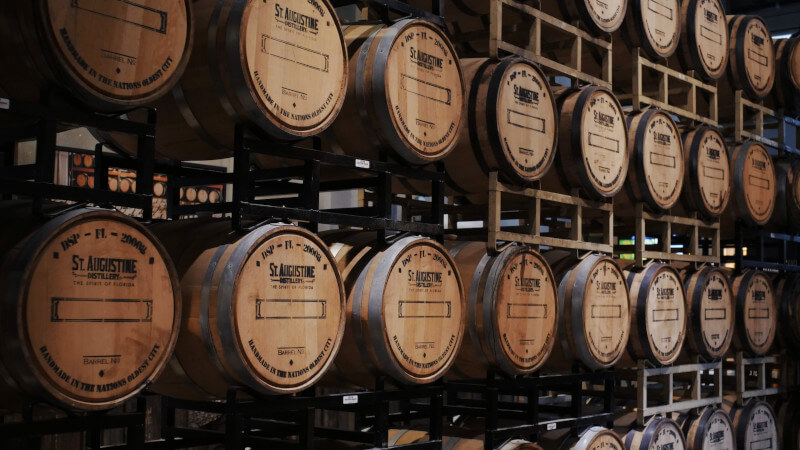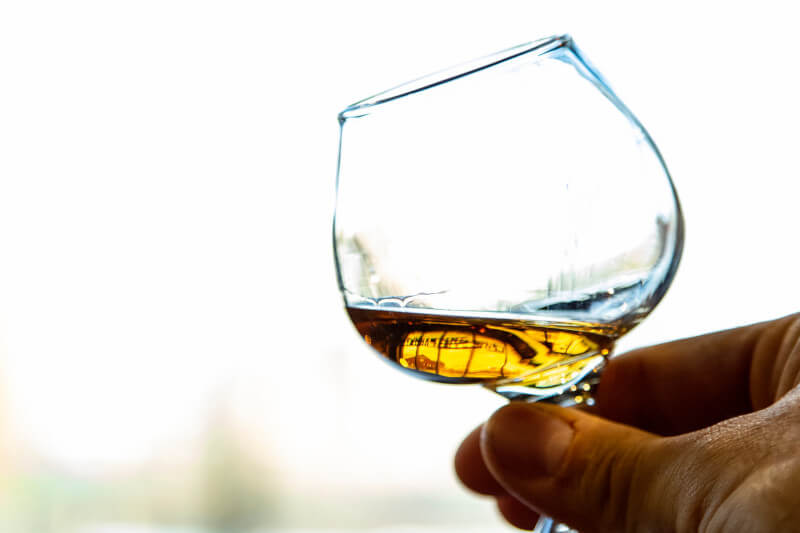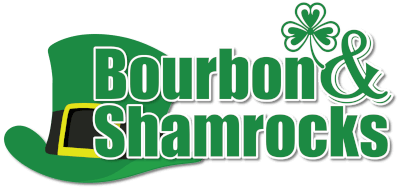We’re all familiar with and fond of bourbon. It’s the best spirit we’ve ever had. Every bar in the United States stocks bourbon because it is the national spirit of the country.
For legal purposes, an alcoholic beverage cannot be called bourbon until it has been matured. The aging process is crucial to the production of both bourbon and whiskey. However, how long does whiskey typically age? There are some old scotch and Irish whiskies, but what is the norm in the United States? Here’s the lowdown on bourbon’s lengthy aging process so you can make an informed decision.
Bourbon, What is It?
The main ingredient of bourbon whiskey is corn, which is why it is considered an American whiskey. It was the first whiskey made from corn, and it gained widespread popularity. Bourbon whiskey was first distilled in what is now Bourbon County, Kentucky. Although it has been around for quite some time, bourbon has only been officially recognized as such since 1840.
The majority of the fermented grains in bourbon must be corn, but other cereal grains including wheat, rye, and barley are often used as well. Like all whiskies, bourbon is matured before it is sold to the public.
The majority of whiskey’s flavor develops during the aging process, which also gives the spirit its signature color. Because of this, aging is arguably the most crucial step in the production of bourbon.
The aging process produces a refined spirit that is amber in color and has a sweet taste. One of the most popular whiskies, bourbon is now consumed all over the world. Bourbon is a distinctive and wonderful spirit whether you drink it neat, on the rocks, or mixed into a cocktail.
When Does Bourbon Age?
At issue here is the duration of bourbon’s aging process, and the answer is that it varies. But we can be more specific and give you some insights about the typical age range used by bourbon distilleries. Every bourbon must be matured for a minimum of two years before being bottled, as this is a legal obligation (yes, there are legal criteria for the aging of a bourbon). Although two years is the legal requirement, not all bourbons are that young.
Most bourbons you’ll find have been aged for at least four years, and if the whiskey inside the bottle is younger than four years old, it must be clearly labeled as such. While many distilleries age their whiskey for seven years, some provide premium or select agings that are decades old.
How Long Does Bourbon Age for?

The aging procedure takes the most time when creating bourbon.
Bourbon Ageing Regulations
Aged in new, charred oak barrels is a requirement for bourbon. This necessitates the use of brand-new wood that has never been recycled from an old barrel. The term “char” refers to the process of exposing the barrel’s interior to fire before being filled. The whiskey and the distillery determine how much toasting and how much blackening of the barrel’s interior are desired. In addition, bourbon must be aged for at least two years, and the vast majority of it will have been aged for four or more. This is because, mysteriously, the longer a whiskey is allowed to mature, the more complex flavors it will absorb.
The Process of Ageing Bourbon
Although the whiskey cannot leak out of the barrels, they are not airtight and are therefore vulnerable to the fluctuating humidity and temperature of the aging room. Wood is porous, so it absorbs liquids, which is another crucial fact to keep in mind.
The bourbon whiskey soaks into the charred wood of the barrel throughout its aging process. In response to seasonal fluctuations in humidity and temperature, the wood of the barrel either draws in or expels the whiskey inside. The whiskey’s flavor comes from the wood itself, as well as the botanicals and other flavoring and coloring ingredients that are pushed out with it.
This happens repeatedly in whiskey that has been aged for a long time. This is helpful, but only to a certain extent. Like a teabag, the longer you let it steep, the stronger the result will be. A difference of one hour against five hours is not as noticeable as the difference between leaving the tea bag in for two minutes versus three minutes.
What Is The Angel’s Share?
The angel’s share is an additional important aspect of aging that is often overlooked. The angel’s share has always been a part of whiskey manufacturing, but it was originally observed and given its name by the Christian monks who pioneered the distillation process.
Whiskey stored in non-airtight barrels might lose its liquid content if it turns to petrol during storage. While whiskey is aging in a barrel, some of it will evaporate over time. The more time passes when whiskey is aging, the more of it is inevitably wasted.
The alcohol vapors produced by the angel’s share are readily apparent in the aging room, giving it a pleasant aroma of caramel whiskey. After realizing this, the original monks responsible for aging whiskey referred to it as “the angel’s share,” or “the portion the angels drink.” Part of the reason why older bourbon often costs more is that you need more ingredients to produce the same volume of liquid.
What Is Finished Bourbon?
The last step in the aging process is finished bourbon, a variety of bourbon you have probably encountered before. After the minimum required two years of aging in new, charred oak barrels, the bourbon or whiskey undergoes a final processing stage known as “finishing.” The finished bourbon is transferred to a new barrel rather than being bottled. This time around, the whiskey barrel can be made from any type of wood the distiller prefers.
What Must Be Present in Legal Bourbon?
One more summary of the legal criteria for labeling a whiskey as bourbon in the United States of America is in order, so here it is:
- To be called “Kentucky bourbon,” a whiskey must be produced and matured in the state of Kentucky.
- The mash bill of a bourbon must contain at least 51 percent maize.
- The maximum alcohol content of bourbon is 160 proof.
- The maximum proof of bourbon that can be put into a barrel is 125.
- New charred oak barrels are required for the aging of bourbon for at least two years. Labels are required to include the age of the product is less than four years old.
- Bottled bourbon must have at least 40% alcohol by volume.
What Does the Age of Bourbon Mean?

All whiskies, not just Bourbon, are matured. They derive their gorgeous amber hue and delicious flavor primarily from there. One of the most crucial and strictly regulated steps in creating whiskey is the aging process. Two years of aging in freshly charred oak barrels are required for bourbon to be considered “aged.” Bourbon that has matured for less than four years must disclose its age on the bottle. Delicious bourbon is the result of a lengthy aging procedure that takes advantage of seasonal shifts in temperature and humidity.
